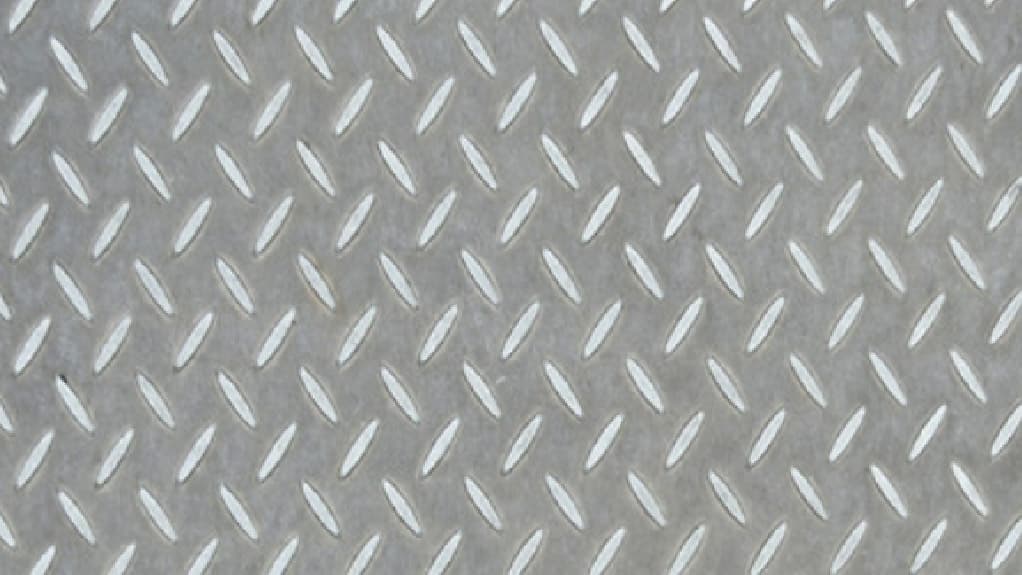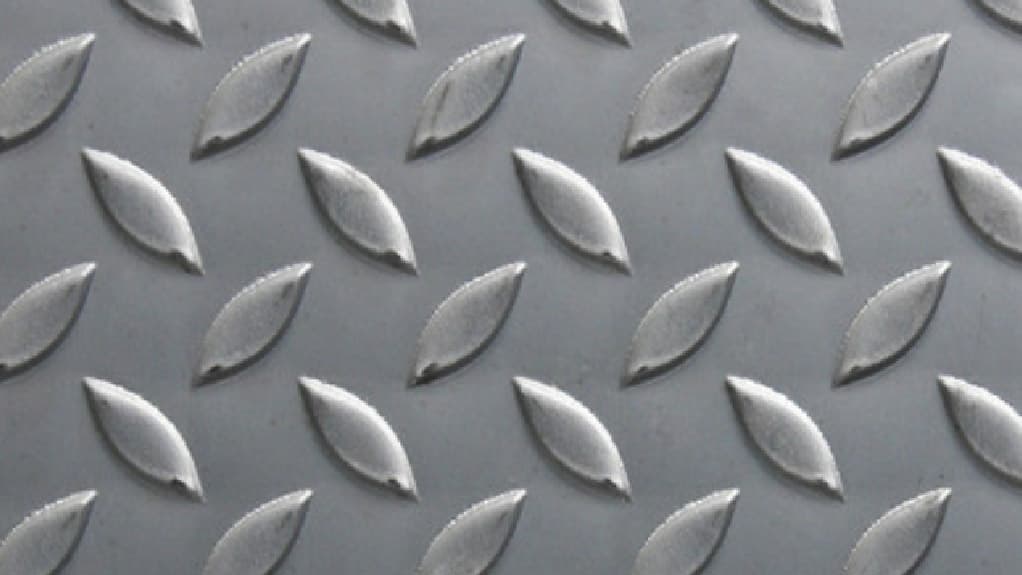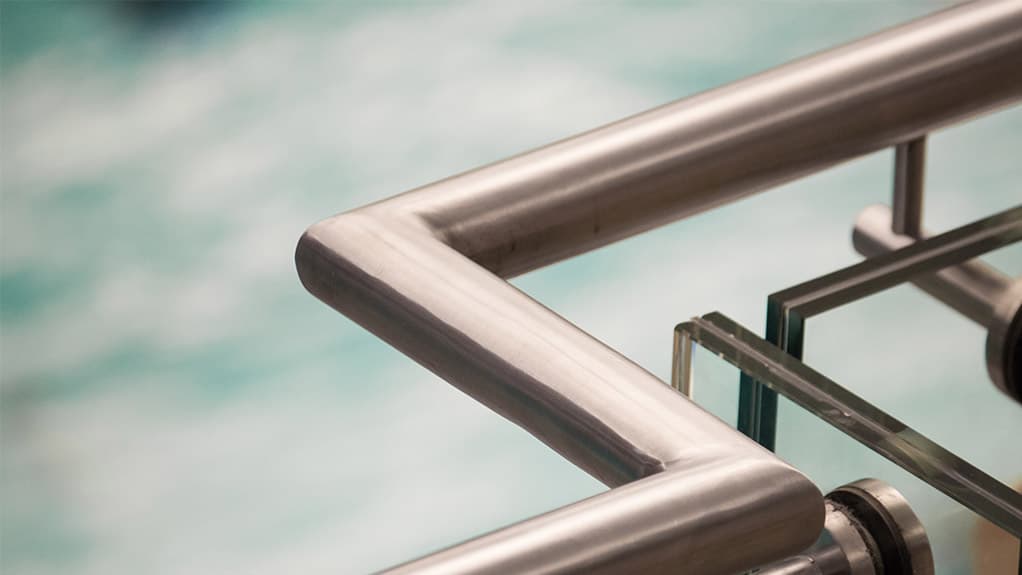Comparison Table
| Feature | Textured Steel | Stainless Steel |
|---|---|---|
| Definition | Steel that has been processed to have a bumpy, irregular surface. | A group of corrosion-resistant steels made by alloying steel with over 10% chromium and other metals like nickel and molybdenum. |
| Aesthetic Appeal | The textured finish lends a modern, industrial look. | Can be buffed to a mirror sheen if desired. The polished look conveys prestige. |
| Durability | More scratch and scuff resistant compared to smooth steel. Ideal for high traffic areas. | Superior resistance to rusting and corrosion damage, even in salty and humid environments. |
| Maintenance | Resists smudges, fingerprints, and dirt accumulation. Doesn’t require frequent polishing or cleaning. | Can be regularly washed and sanitized to maintain cleanliness. It won’t degrade over time from excessive cleaning. |
| Cost | Typically cheaper than stainless steel. | Significantly more expensive than textured carbon steel. |
| Applications | Used for interior and exterior wall cladding, screens and fencing, doors, frames, and hardware, signage and lettering, accent walls and backsplashes, visible roofing and siding. | Ideal for elevator cab interiors, corner guards and door kick plates, hand rails, railings, and balustrades, kitchen and bathroom surfaces, food service counters and equipment, medical facilities and laboratories, monuments and sculptures, coastal projects exposed to saltwater. |
| Hygienic Properties | – | The nonporous surface deters bacterial growth and is easy to sterilize. |
| Fire Resistance | – | Excellent high temperature resistance and will not easily warp or melt during a fire. |
| Strength | – | Maintains its strength and durability even when machined into thin sheets or small parts. |
| Fabrication Requirements | – | Can require more experience and expertise to work with. |
Introduction
Textured steel and stainless steel are two popular options for architectural metals, with some key differences between them. This article will explore the unique properties, pros and cons, costs, applications, and more for each metal material to help you determine which is best for your project needs.
Table of Contents
What is Textured Steel?
Textured steel refers to steel that has been processed to have a bumpy, irregular surface as opposed to being smooth. The textured appearance is created through mechanical, chemical or electrochemical treatments that alter the steel’s grain structure on the surface level. Some common texturing methods include abrasive blasting, etching, embossing, and oxidizing the steel.
Textured steel is sometimes also called brushed steel or matte steel due to its dull, non-reflective finish. The texturing gives it a rough, gritty feel compared to polished or mirror-finished steel.

Benefits of Using Textured Steel
There are several reasons why textured steel is a popular architectural metal:
- Aesthetic appeal – The textured finish lends a modern, industrial look. It offers visual depth and interest.
- Durability – The texturing makes the steel more scratch and scuff resistant compared to smooth steel. This makes it ideal for high traffic areas.
- Grip – The gritty surface provides more traction, which is useful on floors, stairs, walkways, and ramps. This prevents slips and falls.
- Hide imperfections – The textured appearance helps conceal small dents, weld marks, and other subtle blemishes better than smooth steel.
- Low maintenance – Textured steel resists smudges, fingerprints, and dirt accumulation. It doesn’t require frequent polishing or cleaning.
- Affordability – Texturing steel is a relatively simple process, so textured steel is typically cheaper than stainless steel.

What is Stainless Steel?
Stainless steel is a group of corrosion-resistant steels made by alloying steel with over 10% chromium and other metals like nickel and molybdenum. The chromium forms a protective oxide layer on the steel’s surface that resists rusting and staining.
There are many grades of stainless steel, but the most common architectural types are 304 and 316 stainless. Stainless steel comes in various mechanical and aesthetic finishes – it can have a polished, brushed, or patterned finish.
Benefits of Stainless Steel
Here are some of stainless steel’s advantages that make it desirable for buildings:
- Corrosion resistance – Stainless steel has superior resistance to rusting and corrosion damage, even in salty and humid environments. This durability exceeds regular textured steel.
- Hygienic properties – The nonporous surface deters bacterial growth and is easy to sterilize, making stainless ideal for hospitals, kitchens, laboratories and food preparation areas.
- Fire resistance – Stainless steel has excellent high temperature resistance and will not easily warp or melt during a fire.
- Strength – Stainless steel maintains its strength and durability even when machined into thin sheets or small parts. This allows for very lightweight yet sturdy constructions.
- Lustrous finishes – Stainless can be buffed to a mirror sheen if desired. The polished look conveys prestige.
- Easy to sanitize – Stainless steel can be regularly washed and sanitized to maintain cleanliness. It won’t degrade over time from excessive cleaning.
Comparing Durability
When it comes to durability, stainless steel ultimately outperforms textured steel. The chromium in stainless steel enables exceptional corrosion and rust resistance that standard carbon steel lacks.
Textured steel is more vulnerable to rusting when exposed to water, salt, chemicals, or weathering. Without maintenance, the textured finish will gradually erode away revealing orange corrosion underneath.
However, textured steel does have an advantage over smooth stainless steel in terms of scratch resistance. The textured surface helps hide light scuffs and scrapes. But deeper gouges will compromise its integrity eventually.
Stainless steel can also be textured through mechanical techniques like brushing or blasting. Textured stainless provides the best of both worlds – corrosion resistance plus scratch hiding properties.
Comparing Cost
Stainless steel is significantly more expensive than textured carbon steel. Raw stainless steel costs about 2-3 times as much as carbon steel. Production costs are also higher for stainless, because it requires specialized metallurgy and processing to ensure the proper chromium levels and corrosion resistance.
Texturing carbon steel is simple and inexpensive using automated abrasive blasting or acid etching. But texturing stainless steel is more complex and costly.
When pricing jobs, stainless steel will add a 60-80% premium versus textured carbon steel. However, stainless steel may pay for itself in the long run because it lasts longer without failing or needing replacement.

Applications and Uses
Textured and stainless steel each tend to be preferred for certain architectural applications.
Textured steel is commonly used for:
- Interior and exterior wall cladding
- Screens and fencing
- Doors, frames, and hardware
- Signage and lettering
- Accent walls and backsplashes
- Visible roofing and siding
Meanwhile, stainless steel is ideal for uses like:
- Elevator cab interiors
- Corner guards and door kick plates
- Hand rails, railings, and balustrades
- Kitchen and bathroom surfaces
- Food service counters and equipment
- Medical facilities and laboratories
- Monuments and sculptures
- Coastal projects exposed to saltwater
Either material can work well for mixed metals and hybrid designs. Combining textured steel with stainless steel highlights the contrasting finish while leveraging their respective strengths.
Choosing the Right Metal
When selecting between textured steel versus stainless steel, consider factors like:
- Environment – How exposed will the metal be to moisture, salt air, pollution, chemicals? Stainless holds up better in harsh settings.
- Maintenance expectations – Stainless needs less frequent cleaning and corrosion management.
- Budget – Textured steel is the more economical choice in most cases.
- Aesthetic goals – Do you want an eye-catching polished look or an understated, industrial texture?
- Fabrication requirements – Stainless steel can require more experience and expertise to work with.
- Sustainability needs – Stainless steel has high recycled content. Textured steel can ultimately require replacement more often.
- Building codes and standards – Some projects mandate certain grades of stainless steel in specific areas.
Consulting with qualified metalworking professionals is recommended to pick the best material for each unique project. With care and proper installation, both textured steel and stainless steel can deliver lasting beauty and performance.
Frequently Asked Questions About Textured Steel vs Stainless Steel
1. What is the main difference between textured steel and stainless steel?
The main difference is that stainless steel contains chromium, which gives it superior corrosion resistance compared to regular carbon steel with a textured finish. Stainless resists rust, pitting, and staining much better if exposed to water or chemicals.
2. Which material is cheaper, textured or stainless steel?
Textured carbon steel is generally the more affordable choice. Creating a textured finish on steel through mechanical abrasion or chemical etching is relatively inexpensive. Raw stainless steel costs more than carbon steel, and working with it is more labor-intensive.
3. Is textured steel durable for outdoor use?
Textured steel can be used outdoors successfully but may show corrosion damage over time if not maintained. Periodic cleaning and recoating the textured finish is recommended for optimal longevity outside. Stainless steel is inherently better suited for outdoor exposure.
4. Can textured steel be polished to a shiny finish?
No, the texturing applied to steel permanently alters the grain structure on the surface, so it cannot be buffed or polished to a smooth, chrome-like finish. The textured appearance is a result of physical indentations in the steel.
5. Does stainless steel show fingerprints?
Polished stainless steel tends to show fingerprints, smudges, and water spots more visibly than textured steel. Brushed and matte finishes on stainless help conceal marks better. Textured steel has a grainy surface that hides small marks well.
6. Is textured or stainless steel cheaper to fabricate?
Textured steel is typically less expensive for fabricators to cut, bend, weld, and otherwise work with. Stainless steel can require specialized tooling and experience to avoid damaging the material during fabrication. But costs depend heavily on the grade of stainless steel used.
7. Can you apply a textured finish to stainless steel?
Yes, stainless steel can be mechanically textured through processes like abrasive blasting, etching, rolling, or embossing. This provides a textured grip while maintaining stainless steel’s inherent corrosion resistance. Textured stainless offers the best of both materials.
8. Which holds up better in coastal environments, textured or stainless steel?
Stainless steel has superior saltwater corrosion resistance thanks to its chromium content. Textured carbon steel would require very frequent maintenance and recoating at minimum to endure prolonged coastal exposure, while appropriate grades of stainless steel may only need periodic cleaning.
